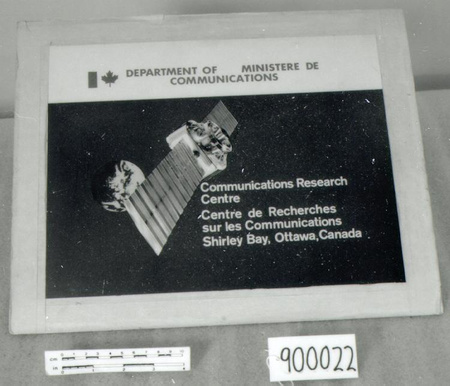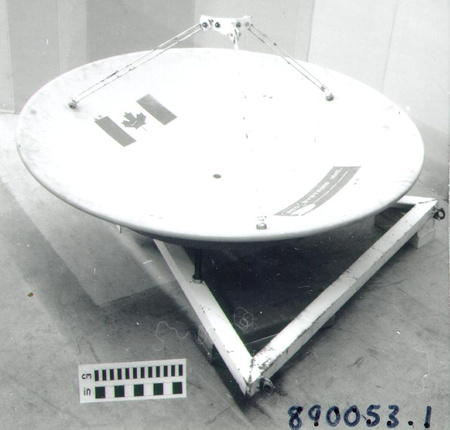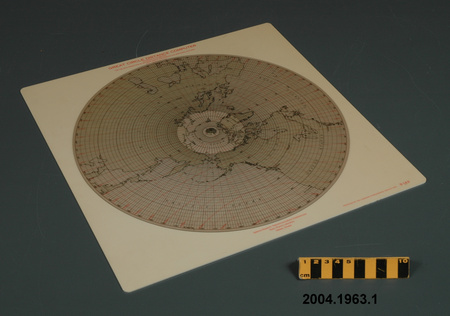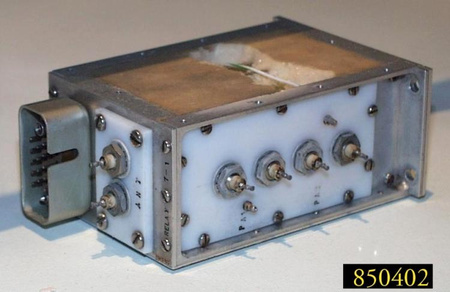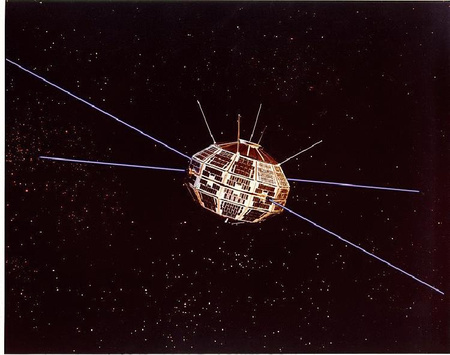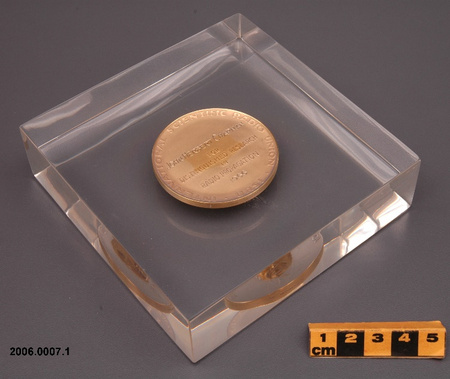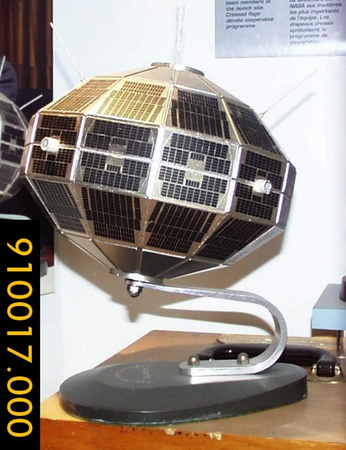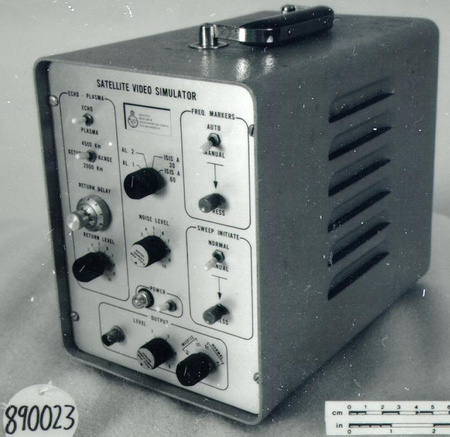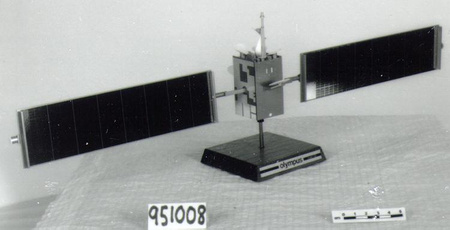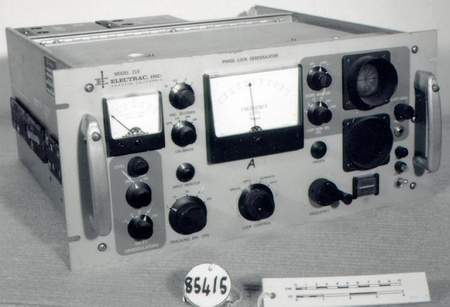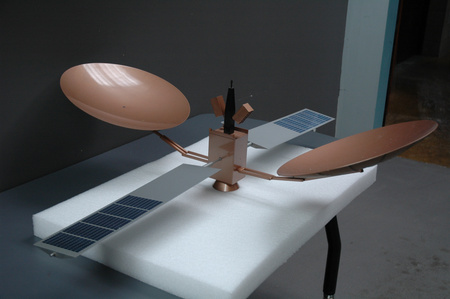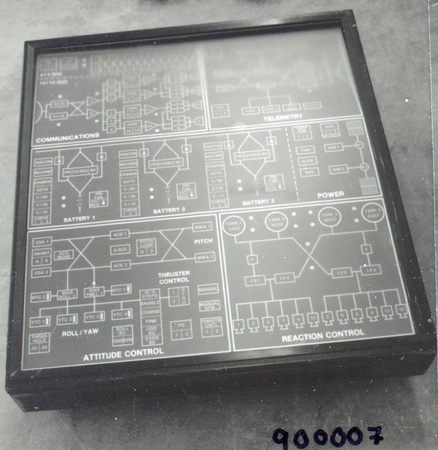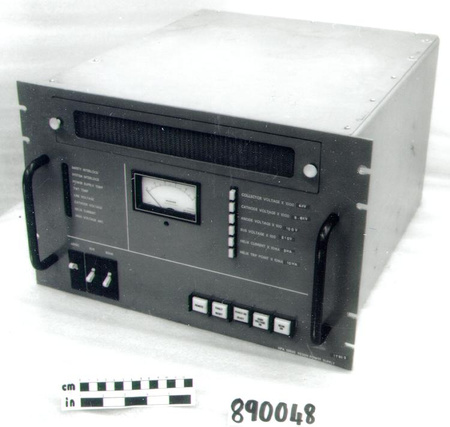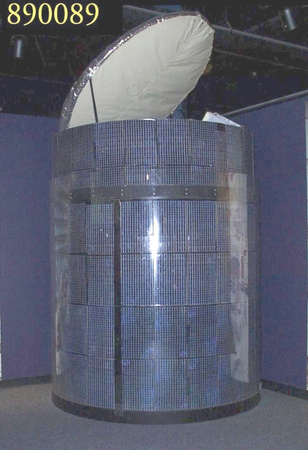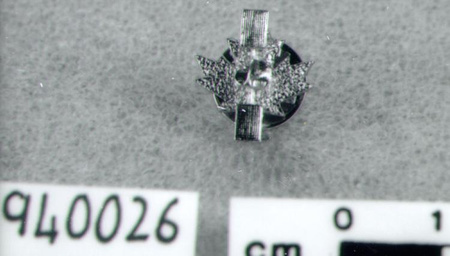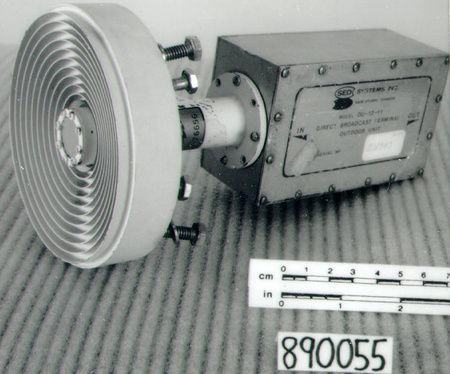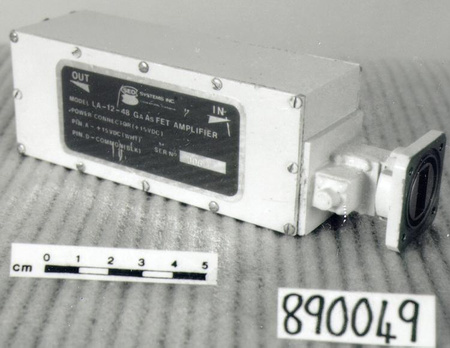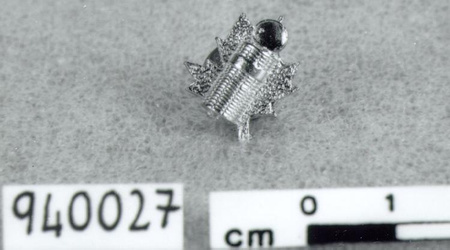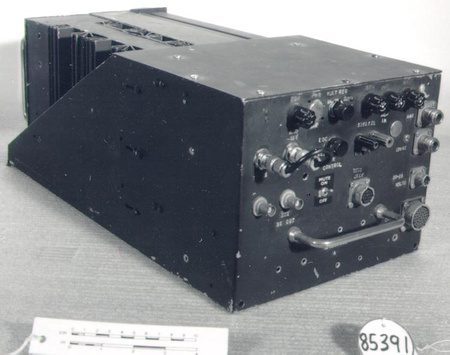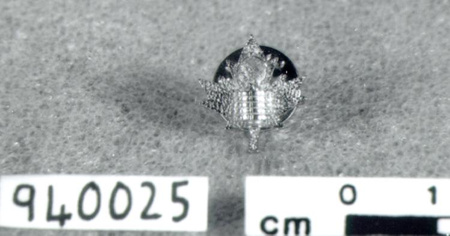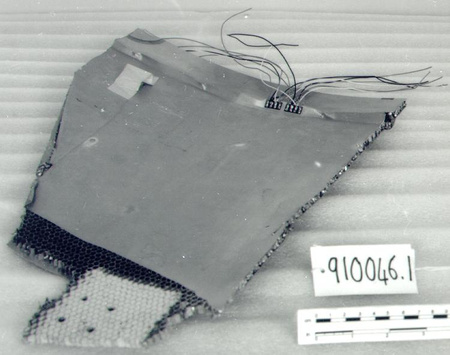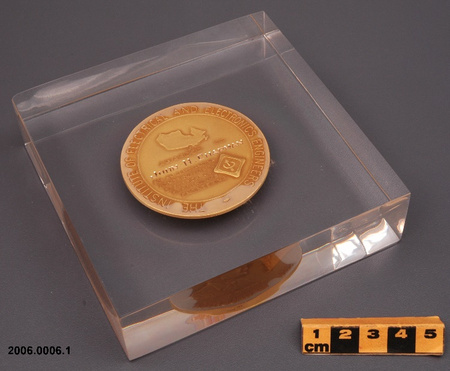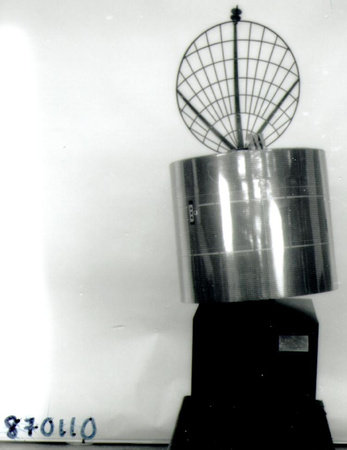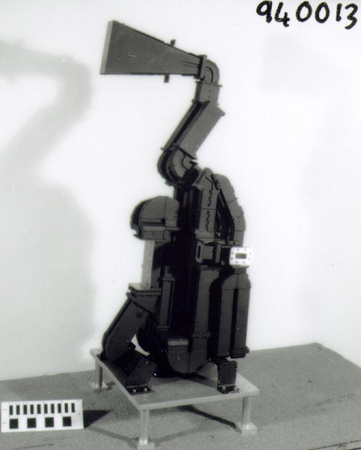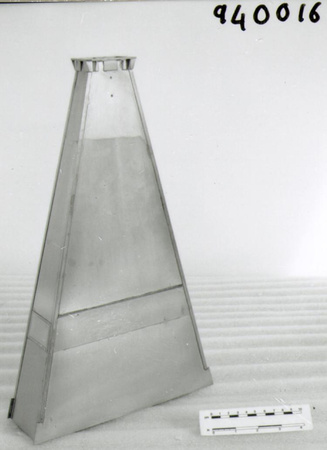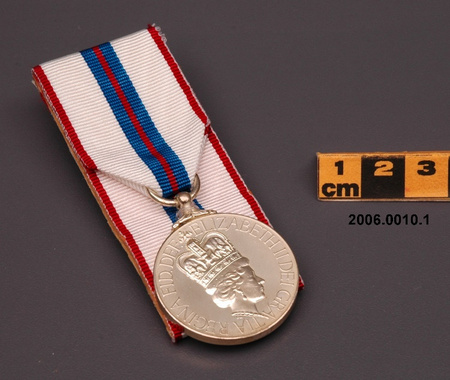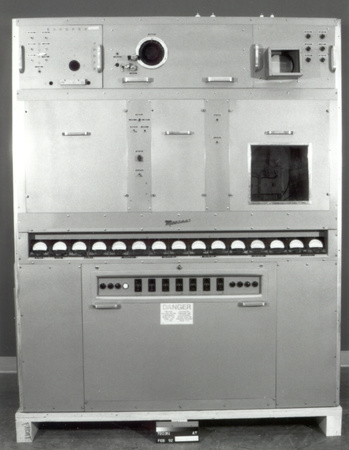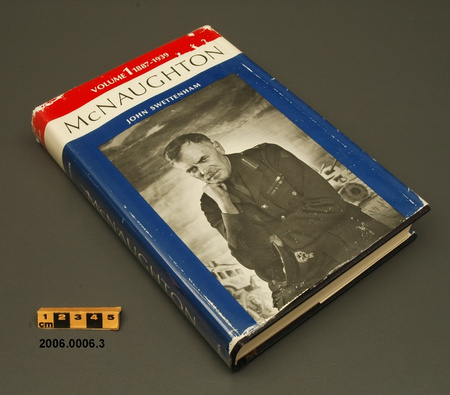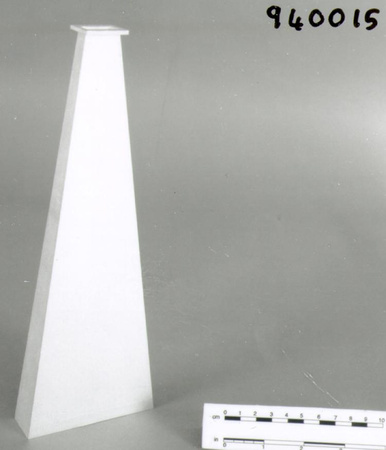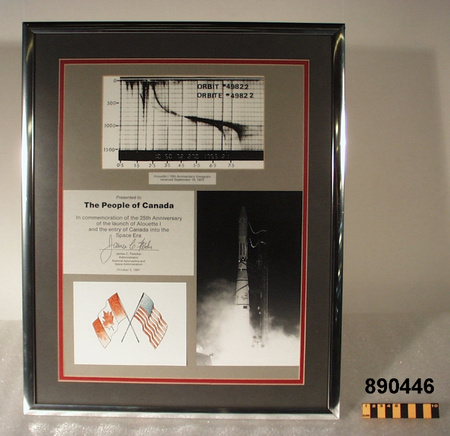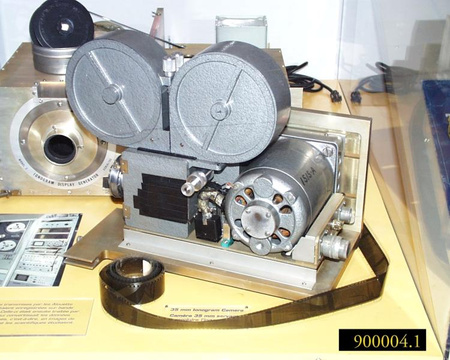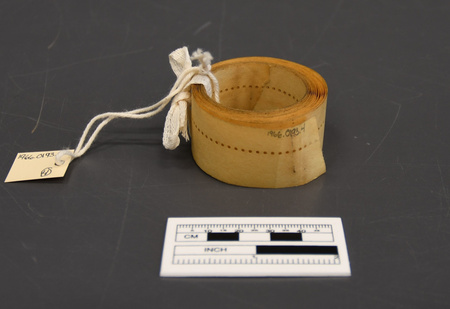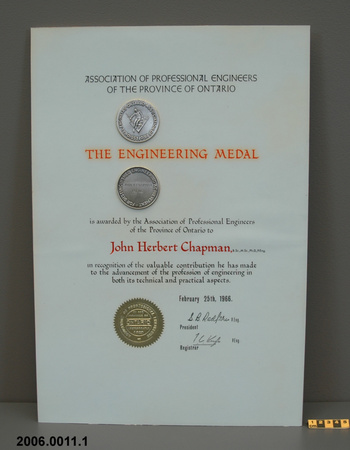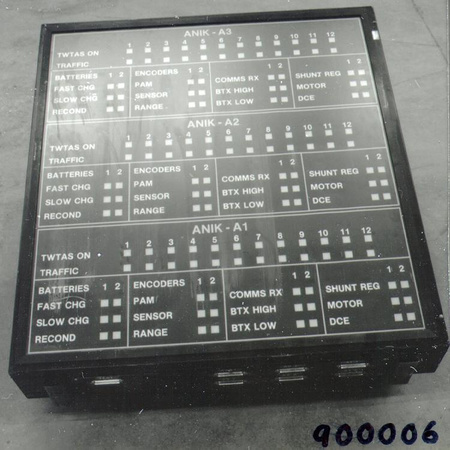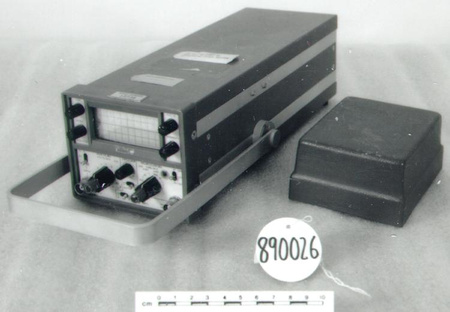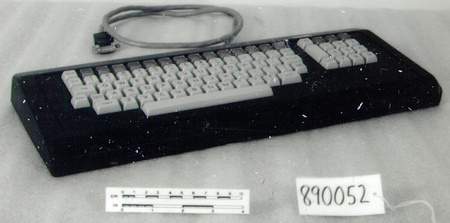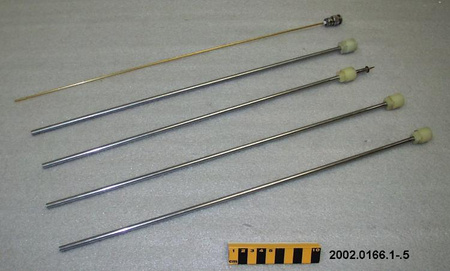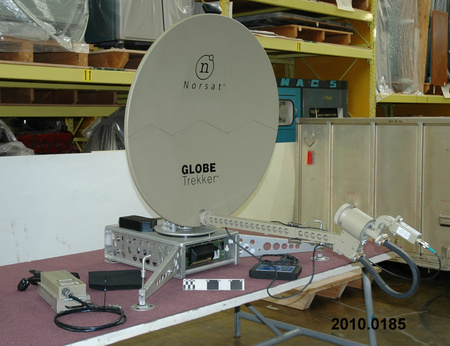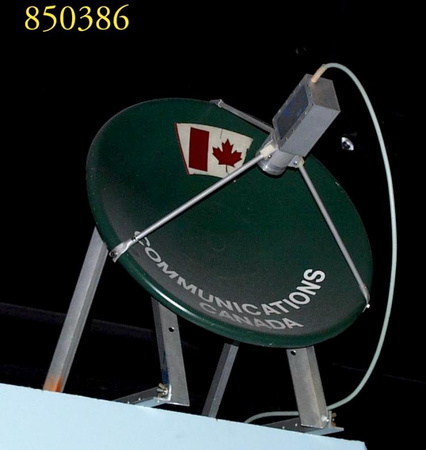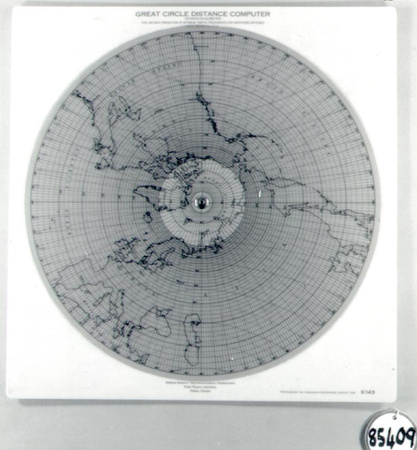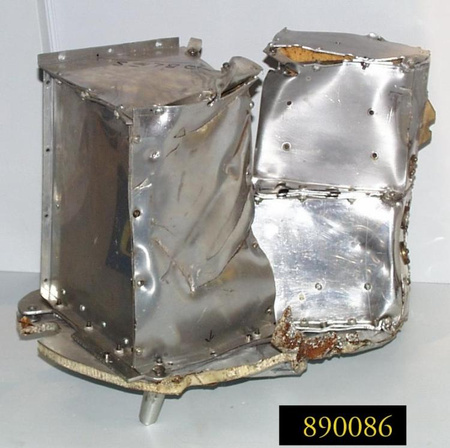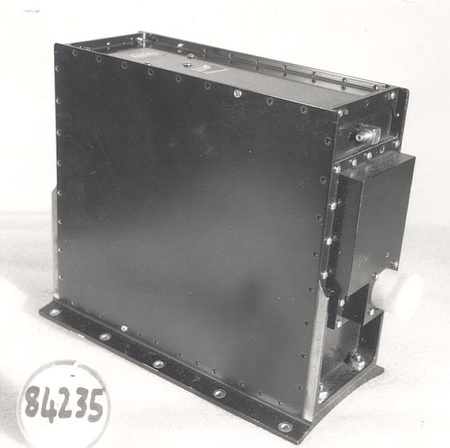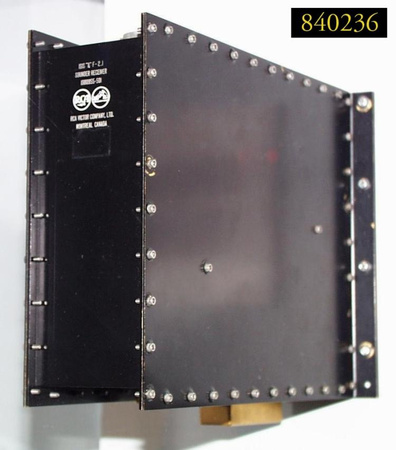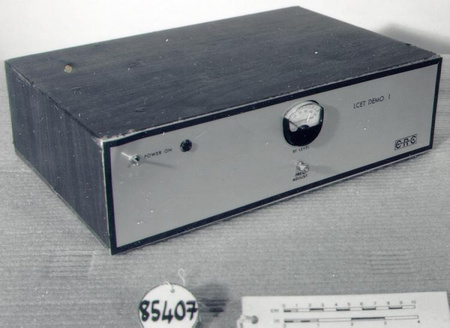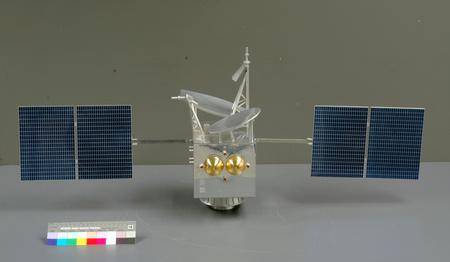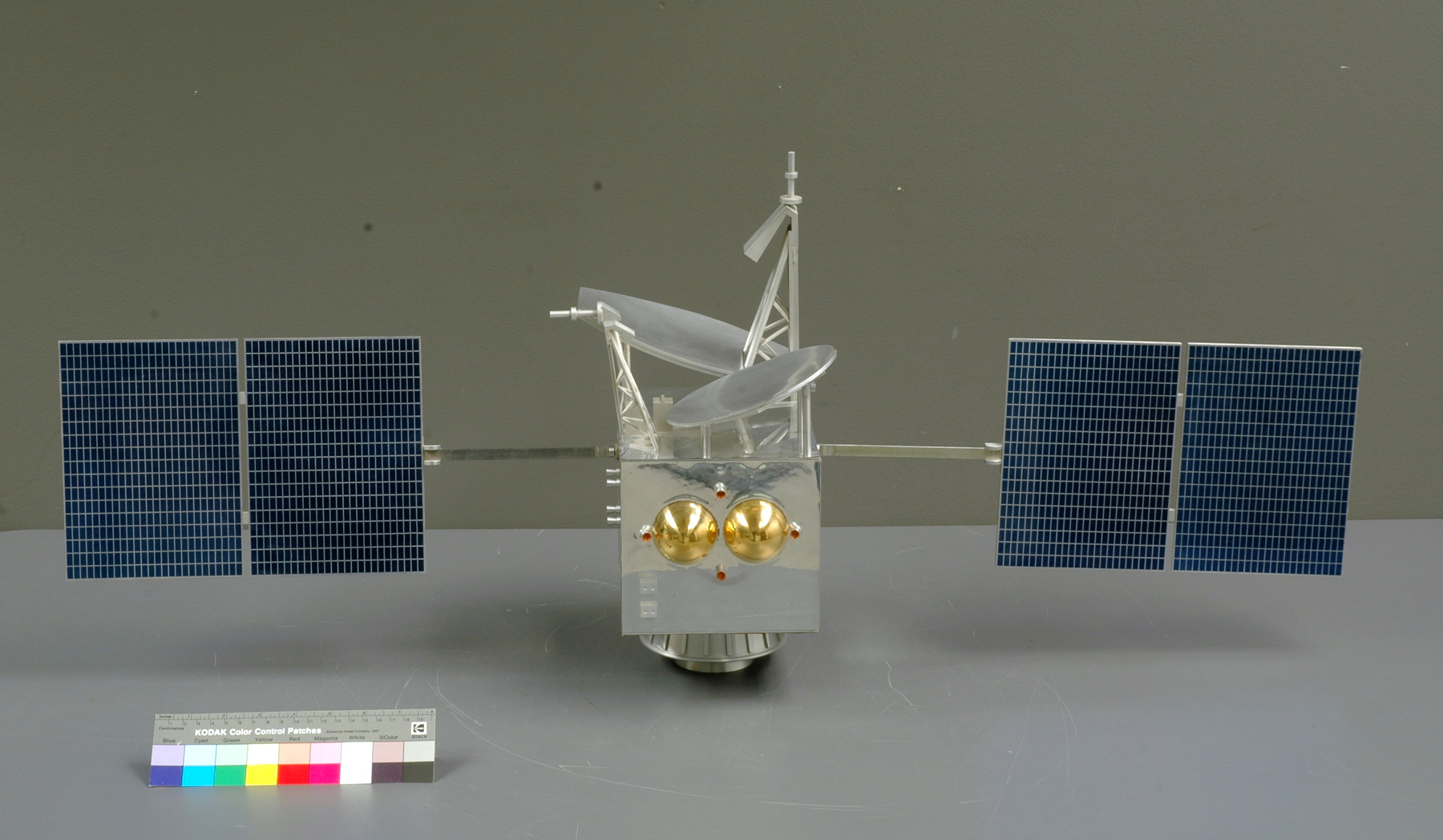Satellite model
Use this image
Can I reuse this image without permission? Yes
Object images on the Ingenium Collection’s portal have the following Creative Commons license:
Copyright Ingenium / CC BY-NC-ND (Attribution-NonCommercial 4.0 International (CC BY-NC 4.0)
ATTRIBUTE THIS IMAGE
Ingenium,
2014.0304.001
Permalink:
Ingenium is releasing this image under the Creative Commons licensing framework, and encourages downloading and reuse for non-commercial purposes. Please acknowledge Ingenium and cite the artifact number.
DOWNLOAD IMAGEPURCHASE THIS IMAGE
This image is free for non-commercial use.
For commercial use, please consult our Reproduction Fees and contact us to purchase the image.
- OBJECT TYPE
- DISPLAY
- DATE
- Unknown
- ARTIFACT NUMBER
- 2014.0304.001
- MANUFACTURER
- Unknown
- MODEL
- Anik B
- LOCATION
- Unknown
More Information
General Information
- Serial #
- N/A
- Part Number
- 1
- Total Parts
- 1
- AKA
- N/A
- Patents
- N/A
- General Description
- Aluminum (possible) body, aluminum solar panels and arms, synthetic parts and attachments
Dimensions
Note: These reflect the general size for storage and are not necessarily representative of the object's true dimensions.
- Length
- 102.3 cm
- Width
- 26.1 cm
- Height
- 40.4 cm
- Thickness
- N/A
- Weight
- N/A
- Diameter
- N/A
- Volume
- N/A
Lexicon
- Group
- Space Technology
- Category
- Communications
- Sub-Category
- N/A
Manufacturer
- AKA
- Unknown
- Country
- Unknown
- State/Province
- Unknown
- City
- Unknown
Context
- Country
- Canada
- State/Province
- Ontario
- Period
- ca. 2000-2013
- Canada
-
Formed in 1969, the Communications Research Centre Canada (CRC) is a government-run wireless technologies research and development laboratory near Shirleys Bay with origins dating back to WWII. Initially operating under the Department of Communications (1969-1994), and then Industry Canada (1994-present), CRC research and development activities also include the support of governmental telecommunications operations as well as technology incubation and transfer to Canadian industry. The creation of the CRC however dates back to Section 6 of the Operational Intelligence Centre (OIC-6), Royal Canadian Navy (RCN) and formation of the Radio Propagation Laboratory (RPL) in 1944. The RPL was established as a request from the RCN to help in its campaign against German submarine warfare on Allied shipping. Early RPL work focused on auroral disturbances, and the application of ionospheric data for communications, detection and direction finding in the HF band . Much of this work was located off Prescott Highway outside Ottawa as well as a surplus RCN signal station at the Experimental Farm. The early RPL consisted of scientists Frank T. Davies , C.W. Scott and J.H. Meek, regarded by The Friends of CRC as the founding fathers of the DRTE. Radio physicists from the RPL were also posted at the University of Saskatchewan and Resolute Bay where they worked on ionospheric and geomagnetic problems related to auroral disturbances . With demobilization after the war effort, the RPL became part of the Defence Research Board (DRB) in 1947, and renamed the Radio Physics Lab in 1951. Together with the Defence Research Electronics Laboratory and the Army's Canadian Signals Research and Development Establishment (located at Rockcliffe and then moved to the NRC on Montreal road), the RPL amalgamated to become the Defence Research Telecommunications Establishment (DRTE) in 1951. Frank T. Davies became the first Chief Superintendent, leading DRTE research on atmospheric physics, radio prediction, ionospheric and microwave propagation, transistor technology, radio warfare, navigation, and radar to name a few. In 1952 DRTE was moved to the Shirleys Bay campus where there was room for large antenna installations, and expansion which occurred in several phases over the next four decades . Today the Shirleys Bay campus is occupied by several governmental agencies such as the Canadian Space Agency and David Florida Laboratory, the Certification and Engineering Bureau, and the Canadian Forces Electronic Warfare Centre. Two of DRTE most significant contributions to telecommunications and Canada’s leap into space was Alouette, a top sounding ionospheric research satellite launched in 1962, and the Chapman Report (1967) which recommended the creation of a Canadian domestic communications satellite program. The later is what largely influenced the Canadian government to create Telesat Canada and the Department of Communications in 1969, and to rename its research branch, from DRTE to the Communications Research Centre Canada (CRC). In 1989, the Canadian Space Agency was created. (From the Acquisition Proposal, see Ref. 1) - Function
-
Display model of Anik B, a telecom satellite whose use of pioneering radio frequency technologies were developed at the CRC. Anik-B was a dual band comsat that featured 12 C-band and 6 Ku-band transponders. (See Ref. 2) - Technical
-
Models of two telecom satellites whose use of pioneering radio frequency technologies were developed at the CRC. Anik-B was a dual band comsat that featured 12 C-band and 6 Ku-band transponders, while MSAT was regional mobile satellite system to provide mobile communications services. (From the Acquisition Proposal, see Ref. 1) - Area Notes
-
Unknown
Details
- Markings
- None apparent
- Missing
- Appears complete
- Finish
- Predominantly silver coloured model with blue and silver coloured solar panels and circular gold coloured parts on the proper front and proper back.
- Decoration
- N/A
CITE THIS OBJECT
If you choose to share our information about this collection object, please cite:
Unknown Manufacturer, Satellite model, Unknown Date, Artifact no. 2014.0304, Ingenium – Canada’s Museums of Science and Innovation, http://collection.ingenium.ca/en/id/2014.0304.001/
FEEDBACK
Submit a question or comment about this artifact.
More Like This
